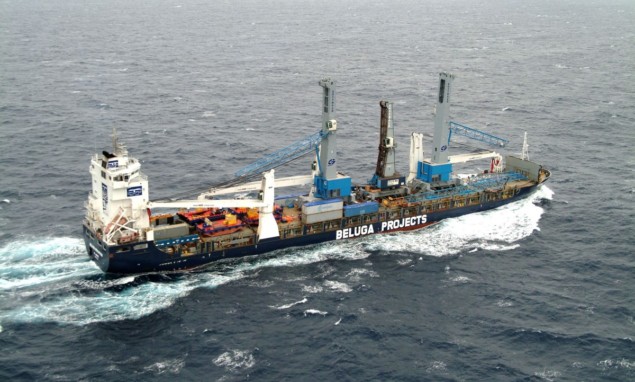
The safety and efficiency of ocean-going vessels could soon get a boost from a new algorithm that can monitor and predict incoming ocean waves. Developed by a team led by Zhengru Ren at the Norwegian University of Science and Technology, the system relies only on information about the motions of ships, with no need for external sensor data. Their mathematical approach could benefit global maritime industries by being cheaper and more accurate than existing techniques.
Ocean waves hold a constant influence over the operation of ships, and the safety of their crews. To streamline the efficiency of maritime activities, operators must continually monitor surrounding “sea states”, which contain information about the heights, frequencies, and directions of incoming waves. This is often done using information from meteorological sensors including satellites and floating buoys. However, each of these measurement techniques has shortcomings, either relating to cost, or the real-time accuracy of their measurements.
Ren’s team introduce a more advanced approach in their method, which predicts future sea states based on real-time observations taken aboard a ship. In developing their algorithm, the researchers aimed for a “nonparametric” approach, which can reconstruct sea states based on their influence over a ship’s motion. This would be far more flexible than existing sensor-based methods, but would first require the team to apply several different mathematical techniques to ensure the best possible accuracy.
Bobbing up and down
To reconstruct surrounding sea states, a vessel’s motions are analysed using Fourier transforms, which gives “cross-spectra” of how the ship bobs up and down. Ren’s team then applied a smoothing function called a Bézier surface; before incorporating an optimization technique to minimize any errors originating from a vessel’s unique responses to waves.

Undersea optical fibre monitors seismic activity and ocean waves
Finally, the researchers applied pre-calculated functions named “response amplitude operators”, which can account for the unique geometries of ship hulls. This enabled their calculations to accurately represent the relationship between vessel motions and specific wave heights. With these combined techniques, Ren and colleagues could faithfully reconstruct the motions of incoming waves, based purely on the motions of a simulated ship.
Without any need to carefully tune the parameters of a model, ship operators could drastically reduce both the time and cost required to monitor surrounding sea states. These advantages are enhanced even further since the techniques can be readily applied in real-time scenarios, without any external sensors. Ren’s team now hopes that their algorithm could soon be widely implemented: improving both the safety and efficiency of shipping industries worldwide.
The algorithm is described in Marine Structures.



